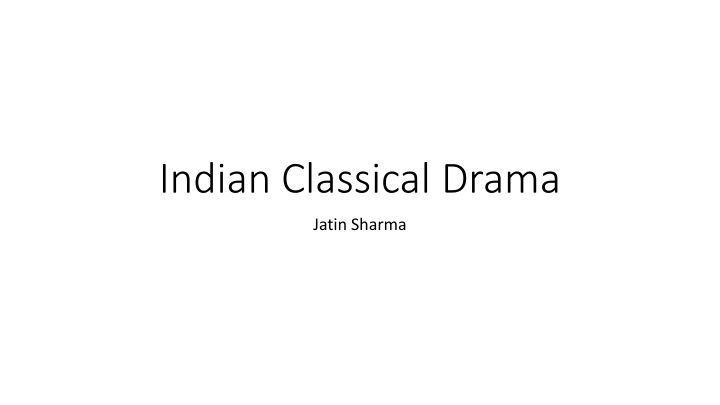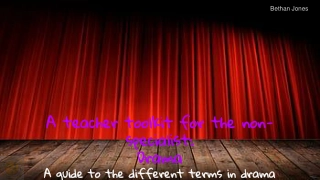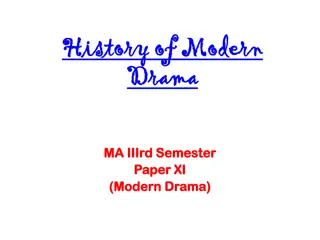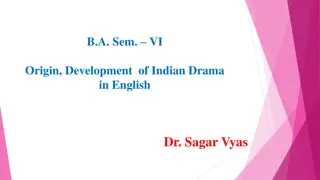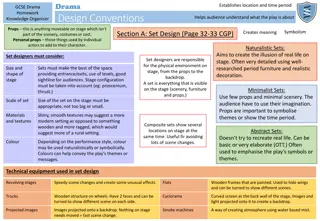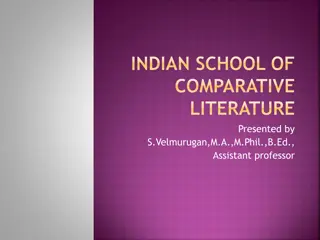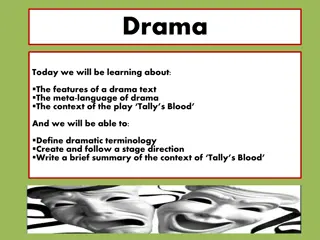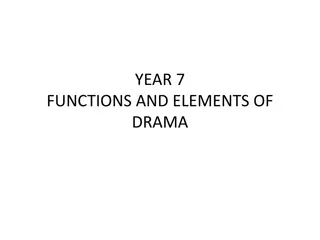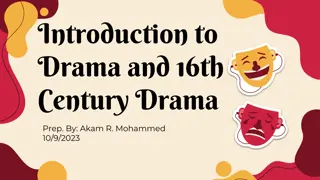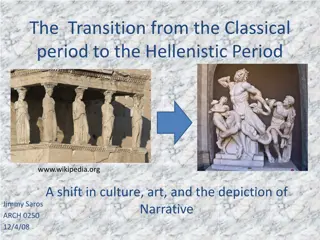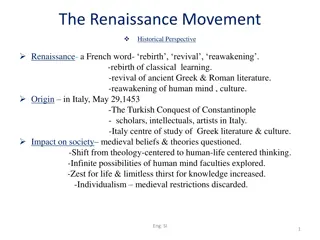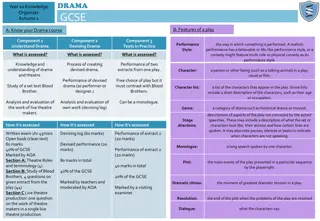Insights into Indian Classical Drama and Literature
Explore the rich tradition of Indian classical drama and literature, from its origins in Ujjain during the Gupta period to the classification of major and minor dramas. Learn about the components of a classical Sanskrit drama, such as the plot, characters, sentiments, acting, and more. Delve into the various types of Rupakas, including Nataka and Prakarana, and discover the features that define this ancient art form.
Download Presentation

Please find below an Image/Link to download the presentation.
The content on the website is provided AS IS for your information and personal use only. It may not be sold, licensed, or shared on other websites without obtaining consent from the author.If you encounter any issues during the download, it is possible that the publisher has removed the file from their server.
You are allowed to download the files provided on this website for personal or commercial use, subject to the condition that they are used lawfully. All files are the property of their respective owners.
The content on the website is provided AS IS for your information and personal use only. It may not be sold, licensed, or shared on other websites without obtaining consent from the author.
E N D
Presentation Transcript
Indian Classical Drama Jatin Sharma
Indian Classical Literature Divided into two ---- 1. What is capable of being seen or exhibited. 2. What can only be heard or chanted.
Indian Classical Drama It is said that Indian classical drama emerged and developed in the city of Ujjain in Northern India during the Gupta period. Natyashastra by Bharata is the most important source to understand Indian Classical Drama. Natyashastra by Bharata: A dramaturgical treatise with about six thousand verses and divided into sixty-six chapters narrating in detail classical Indian theatre, its poetics and aesthetics. Rupaka is the general term in Sanskrit for all dramatic compositions.
Rupaka Falls under two categories ---- 1. Dasarupaka: Major dramas 2. Uparupaka: Minor dramas
Dasarupaka Classified into ten major types ---- 1. Nataka 2. Prakarana 3. Bhana 4. Vyayoga 5. Samavakara 6. Dima 7. Ihamriga 8. Anka 9. Vithi 10. Prahasana
Nataka and Prakarana 1. Nataka: One type of Rupaka with five to seven acts, characterised with celebrated stories especially taken from epics, historical events and Puranas . Erotic (Sringera rasa), Heroic (Vira rasa) and marvellous (adbhuta rasa) sentiments are dominant in a Rupaka . The hero is a high-spirited, powerful and virtuous, a royal figure from a renowned family. For example Abhijnanasakuntalam by Kalidasa. Prakarana: One type of Rupaka with five to ten acts, characterised with the imagination of the dramatists rather than with history or epics. Here the stories are fictious or mixed, partly drawn from history and partly the creation of the poet s fancy. The plot of a Prakarana is deeply rooted in the life of a common man and social reality. Sringara (erotic) and Prasana (comedy) are the dominant rasas in a Prakarana. The hero is a common man, firm and peaceful, good and virtuous, but aspires for earthly pleasure. The heroine is a noblewoman or a ganika (courtesan). Stock characters like Vita, Cheta, Vidushaka are seen in a Prakarana. For example Mrichchhakatika 2.
Uparupaka: Minor dramas There are 18 types of Uparupakas. For example ---- 1. Natika, for example Ratnavali. 2. Trotakas 3. Sattakas ..
Features of an Indian Classical/Sanskrit Drama Features of an Indian Classical/Sanskrit Drama Vastu : the Plot of the play Neta : the Hero and the characters Rasa : the sentiments and emotion Abhinaya : acting, bodily movement, voice Sutradhar : the narrator Prastavana : the Prologue Bharatavakya : the Epilogue Spectacle or Audience Songs, Music and Dance
Assignment Natyashastra by Bharata Salient features of an Indian Classical Drama.
